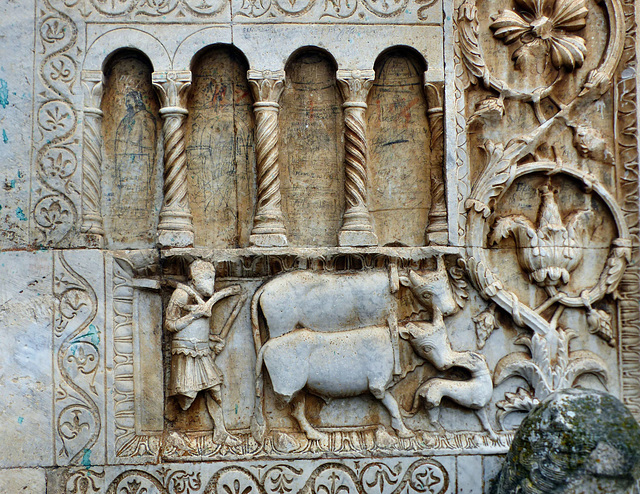Spoleto - San Pietro extra moenia
Spoleto - San Pietro extra moenia
Spoleto - San Pietro extra moenia
Spoleto - San Rocco
Spoleto - San Paolo inter vineas
Spoleto - San Salvatore
Spoleto - San Salvatore
Spoleto - San Salvatore
Spoleto - San Salvatore
Spoleto - Rocca Albornoziana
Spoleto - San Ponziano
Spoleto - San Ponziano
Spoleto - San Ponziano
Spoleto - San Ponziano
Spoleto - San Ponziano
Spoleto - San Ponziano
Pissignano - Le Fonti del Clitunno
Pissignano - Tempietto del Clitunno
Pissignano - Tempietto del Clitunno
Terni - San Francesco
Terni - Piazza della Repubblica
Terni - Duomo di Terni
Bologna - Bottega Della Luce
Spoleto - San Pietro extra moenia
Spoleto - San Pietro extra moenia
Spoleto - San Pietro extra moenia
Spoleto - San Pietro extra moenia
Spoleto - San Pietro extra moenia
Spoleto - San Pietro extra moenia
Spoleto - Basilica di Sant’Eufemia
Spoleto - Basilica di Sant’Eufemia
Spoleto - Basilica di Sant’Eufemia
Spoleto - Piazza del Duomo
Spoleto - Duomo di Spoleto
Spoleto - Duomo di Spoleto
Spoleto - Duomo di Spoleto
Spoleto - Duomo di Spoleto
Spoleto - Duomo di Spoleto
Spoleto - Corso Giuseppe Mazzini
Spoleto - Roman theater
Spoleto - Richard Serra
Spoleto - Mobilità alternativa
Ferentillo - Abbazia di San Pietro in Valle
Ferentillo - Abbazia di San Pietro in Valle
Ferentillo - Abbazia di San Pietro in Valle
Location
Lat, Lng:
You can copy the above to your favourite mapping app.
Address: unknown
You can copy the above to your favourite mapping app.
Address: unknown
See also...
Keywords
Authorizations, license
-
Visible by: Everyone -
All rights reserved
-
262 visits
Spoleto - San Pietro extra moenia


The site was once a (probably Roman) cemetery. A church, dedicated to St. Peter existed here already within the 5th century. This was erected by the local Bishop Achilleo, to house the chains that supposedly once had bound St. Peter. The chains are meanwhile back in Rome and can be seen in San Pietro in Vincoli.
"Extra moenia" means, that the church was outside the city walls (= extra muros).
The present church was built between the 12th and 13th centuries. It was severely damaged by the Ghibellines in 1329, but was rebuilt in the following decades. The interior was transformed at the end of the seventeenth century - and so by now is Baroque.
The facade, decorated with all kinds of reliefs, still is in a good condition.
The main door is flanked by two nearly identical carvings. This is a detail from the left post. Here is the "twin brother" of the peasant, seen on the left post. Same dog, same oxes..
Note the many graffiti above them.
"Extra moenia" means, that the church was outside the city walls (= extra muros).
The present church was built between the 12th and 13th centuries. It was severely damaged by the Ghibellines in 1329, but was rebuilt in the following decades. The interior was transformed at the end of the seventeenth century - and so by now is Baroque.
The facade, decorated with all kinds of reliefs, still is in a good condition.
The main door is flanked by two nearly identical carvings. This is a detail from the left post. Here is the "twin brother" of the peasant, seen on the left post. Same dog, same oxes..
Note the many graffiti above them.
(deleted account) has particularly liked this photo
- Keyboard shortcuts:
Jump to top
RSS feed- Latest comments - Subscribe to the comment feeds of this photo
- ipernity © 2007-2025
- Help & Contact
|
Club news
|
About ipernity
|
History |
ipernity Club & Prices |
Guide of good conduct
Donate | Group guidelines | Privacy policy | Terms of use | Statutes | In memoria -
Facebook
Twitter

Sign-in to write a comment.